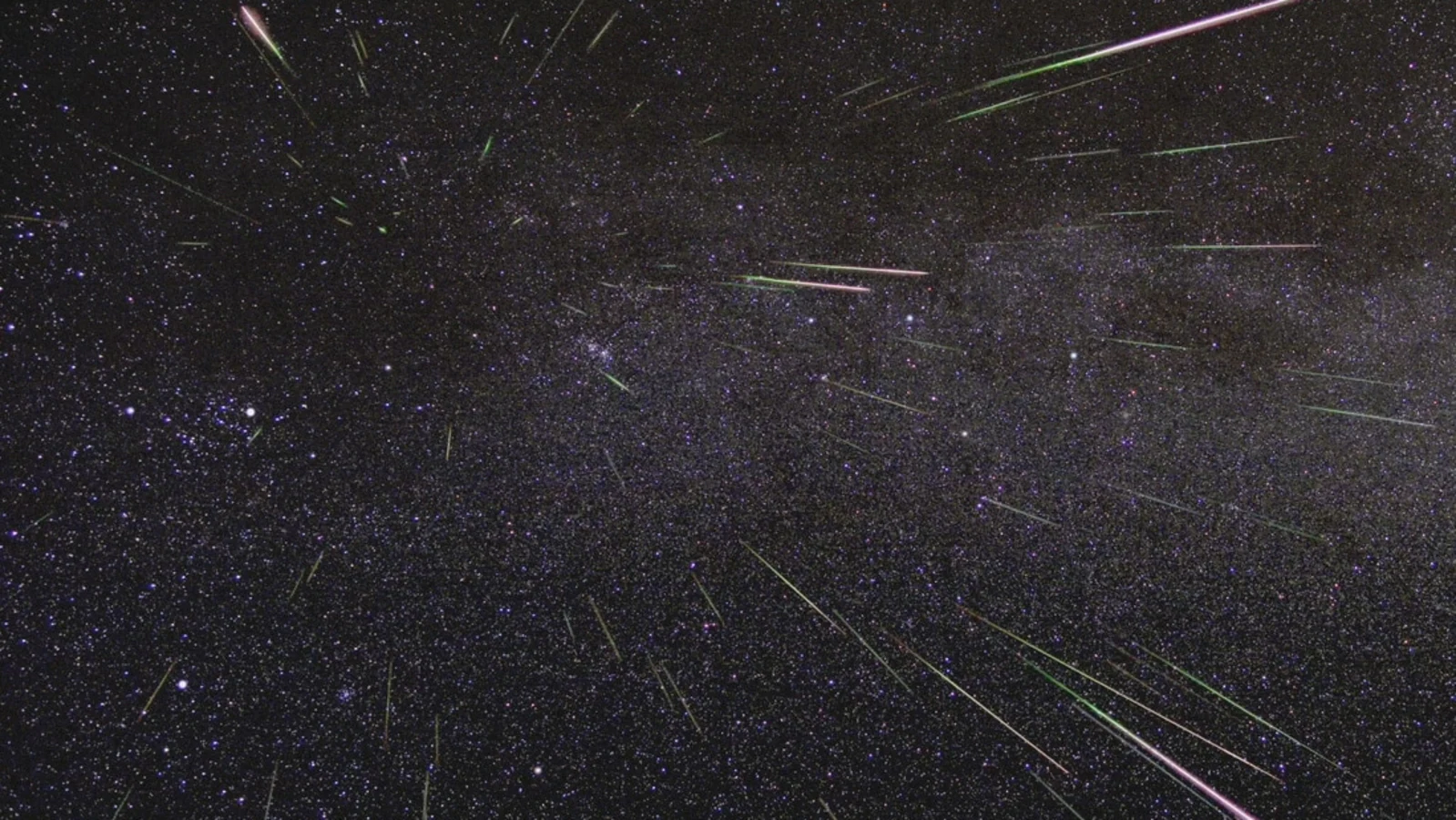The Perseid meteor shower is expected to occur today, August 11, and tomorrow, August 12. This is good news for astronomers. The full moon will be lighting up the sky this time, thus the meteor shower won’t be as bright this time. The Virtual Telescope will transmit the glittering meteor shower live through robotic telescopes at the Bellatrix Astronomical Observatory in Italy, so one can still enjoy it. On August 12, it will begin at 7 a.m. IST.
The Perseids
The Earth traveling through the debris is what causes them. On August 11 and 12, the Perseids reach their peak when Earth travels through the region with the most dust and density. Each hour, 150–200 meteors from a shower enter the earth.
The meteor shower was readily visible last year since the moon was a narrow crescent. Moonlight can make watching the Perseids a little challenging, despite their exceptional brightness. This year’s full moon will have an impact on the Perseids’ peak.
When a Perseid meteor strikes Earth’s atmosphere, it travels at an average speed of 133,200 mph (214,365 kph). More than 3,000 degrees Fahrenheit are reached during the Perseids’ hottest moments (1,650 Celsius).
The Perseid Meteor Shower: What Causes It?
This is brought on by the comet Swift-Tuttle, whose nucleus is around 26 km diameter and is the biggest object known to repeatedly pass past Earth. NASA claims that meteor showers are nothing more than bits of cometary debris that heat up when they approach the Earth’s atmosphere and burn up in a brilliant flash of light.
Where can I view a meteor shower?
Visit the darkest area you can find if you want to see the Perseids the best. They are visible with the unaided eye and don’t require binoculars or a telescope.
